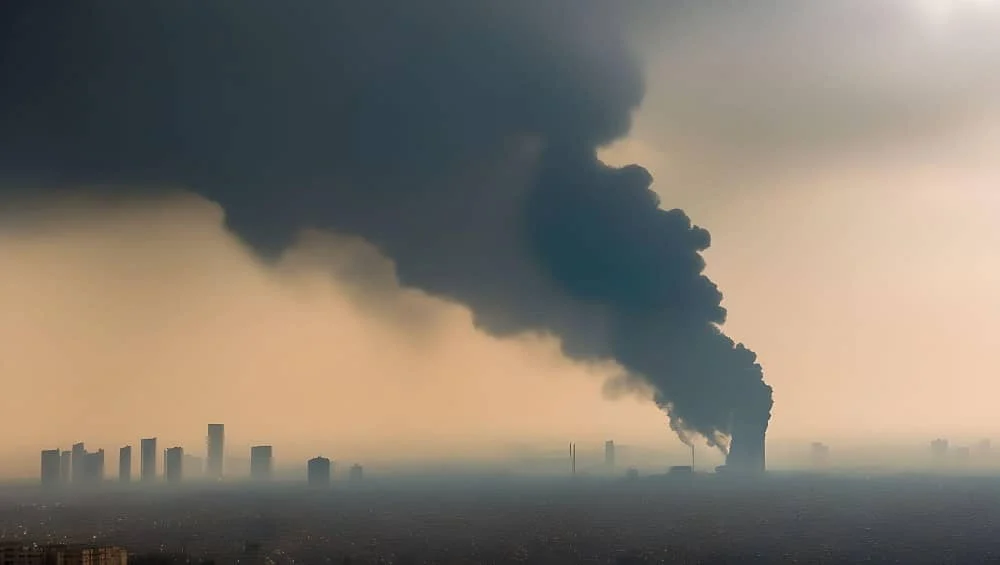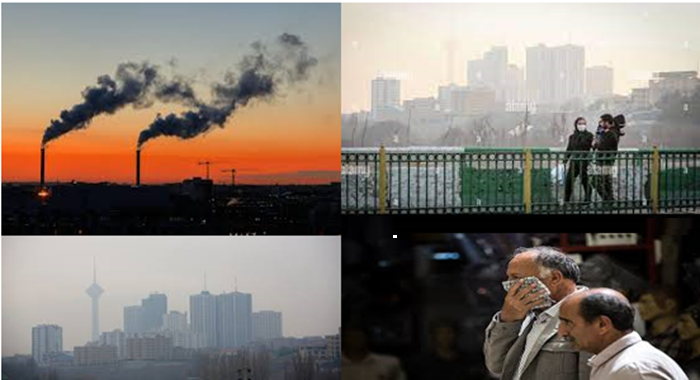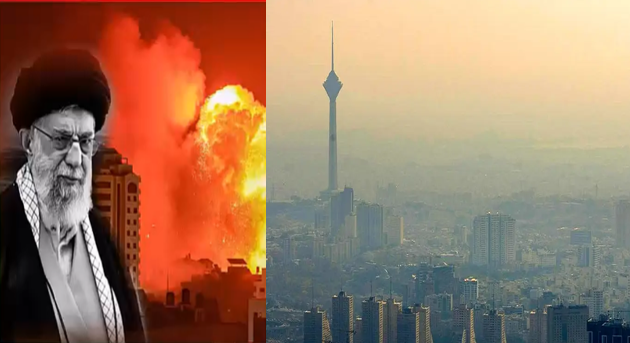
In recent times, Iran has found itself in the clutches of a dire air pollution crisis, posing a grave threat to the well-being of its populace.
The severity of the issue has escalated to the point where schools are compelled to shut their doors for nearly one day per week, attributing the closure to the hazardous air quality. Shockingly, air pollution has now surged to become the third leading cause of mortality in the country.
The Air Quality Index (AQI), a pivotal metric categorizing air quality, unveils the grim reality of Tehran’s atmospheric conditions. With divisions ranging from “Good” to “Hazardous,” Tehran’s AQI over the past decade has seen only a meager 150 days classified as “Good,” averaging a mere 15 days annually. Last year, this number dwindled to a mere three days. The consequences are evident as schools in Tehran and other cities frequently shut down due to escalating air pollution, prompting sensitive groups to remain indoors as advised by weather authorities.
Air quality is measured through two particle categories: PM2.5 and PM10. PM2.5 particles, largely stemming from outdated vehicle emissions, significantly contribute to Tehran’s pollution. The use of substandard gasoline and diesel, infused with high lead levels, compounds the issue, revealing alarming insights from a classified document within the Ministry of Petroleum.
These practices contribute substantially to the production of harmful PM2.5 particulate matter and PM10 particles, worsening air quality, especially in urban areas.

The situation is exacerbated by the use of Mazut fuel in power plants and waste incineration practices, particularly those involving petroleum-based materials.
Alarming statistics from the Ministry of Health report over 26,000 deaths attributable to air pollution in the past year, with Tehran alone witnessing more than 6,000 fatalities. The economic toll of these deaths, estimated at $11 billion, encompasses lost income, healthcare expenses, and related factors.
The regime’s constitution condemns actions threatening public health, including environmental pollution, but entities like the Revolutionary Guards significantly contribute to such pollution without accountability.

Research indicates that the benefits of reducing air pollution far outweigh the costs, yet the current leadership remains indifferent.
In essence, as the government stands as the primary source of air and environmental pollution, and the privileged can escape to healthier areas, there is little incentive to address the escalating issue. To breathe clean air, Iranians must confront and eliminate the root cause of pollution plaguing their nation.

MEK Iran (follow us on Twitter and Facebook), Maryam Rajavi’s on her site, Twitter & Facebook, NCRI (Twitter & Facebook), and People’s Mojahedin Organization of Iran – MEK IRAN – YouTu
